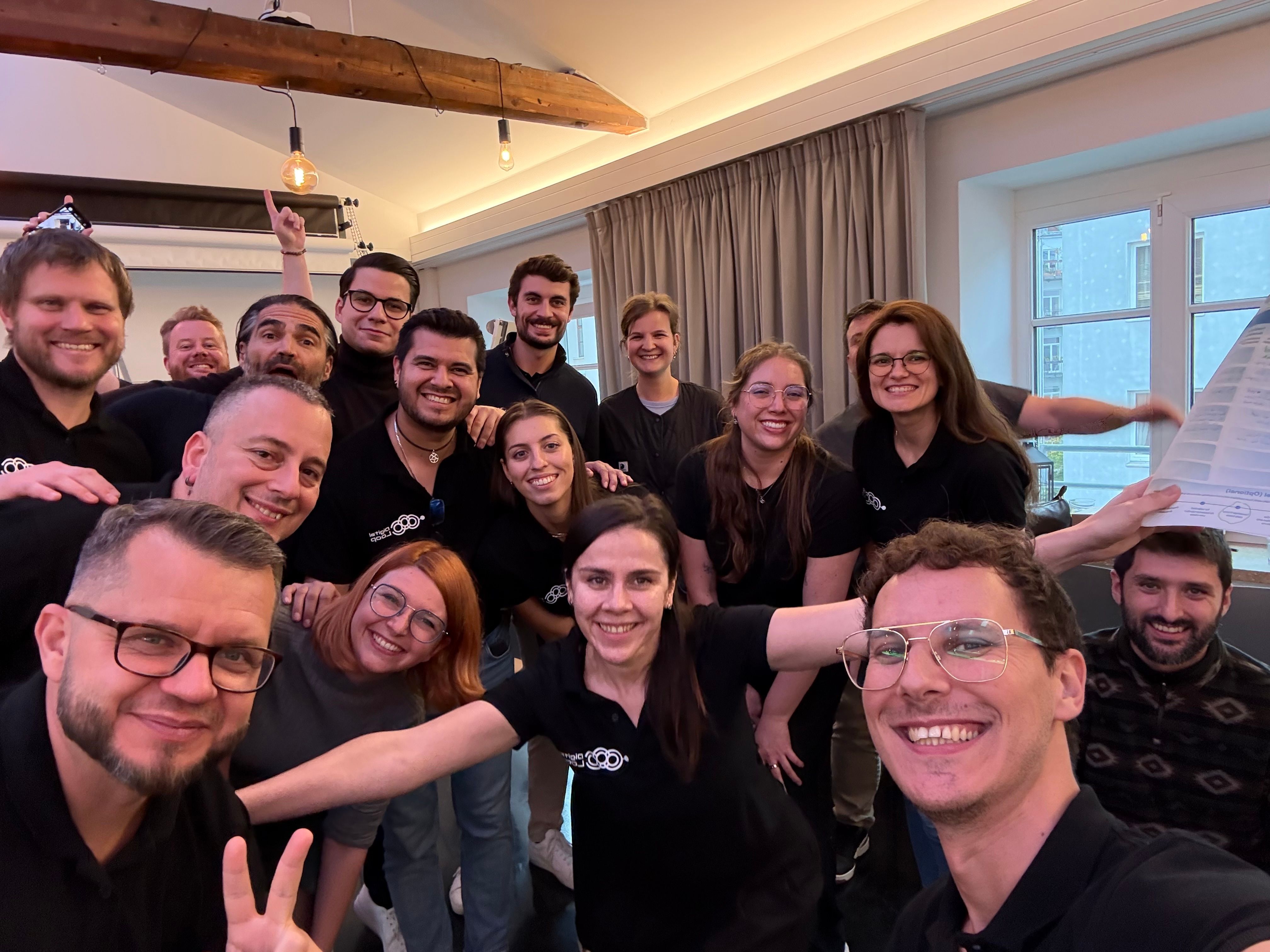Conversion Rate Optimization (CRO) is as much about process and mindset as it is about technology. Yet without the right tools, even the most sophisticated CRO strategy will struggle to deliver results. The modern CRO stack acts as the technological backbone of experimentation, personalization, and insight generation, but with an ever-growing MarTech landscape, choosing and integrating the right tools can be a challenge.
Not long ago, I wrote an introductory blog post on the topic, “Why CRO is the Missing Link in Your SEO and AI Strategy”—take a look at it if you want to familiarize yourself more with CRO before diving into the technical aspects!
In this follow-up article, we’ll explore what makes up a modern CRO stack, how these tools fit together, and how to choose the right combination for your organization’s needs.
The Evolving Role of Technology in CRO
In the early days, CRO tools were primarily A/B testing platforms. Today, they encompass an ecosystem that connects analytics, user research, personalization, and automation. The focus has shifted from simple experiments to data-driven experience optimization across channels.
Modern CRO technology enables organizations to:
- Collect and unify behavioral and transactional data.
- Generate insights through analytics and qualitative feedback.
- Test hypotheses and measure impact in real time.
- Personalize experiences dynamically based on context and audience.
- Automate the rollout of successful variants and learnings.
Core Layers of the CRO Stack
A high-performing CRO stack typically consists of five interconnected layers:
1. Analytics & Data Layer
The foundation of all optimization work. Analytics platforms (like Adobe Analytics or GA4) capture user interactions and help uncover where users drop off. Event tracking, funnel analysis, and behavioral segmentation are essential to identify opportunities for optimization.
Complementary tools such as Tag Managers (e.g., GTM or Adobe Launch) ensure flexible tracking implementation and data governance.
2. User Research & Behavior Analysis
Quantitative data tells you what is happening; qualitative data reveals why. Tools like Hotjar, Clarity, or Contentsquare provide session replays, heatmaps, and user feedback surveys that uncover behavioral patterns and usability issues. Combining both types of data provides a holistic understanding of user behavior.
3. Experimentation Platforms
This is the engine of CRO. Tools like Optimizely, Adobe Target, VWO, or AB Tasty allow teams to run A/B, multivariate, or split tests to validate hypotheses. Modern experimentation platforms go beyond simple page variations – they integrate with analytics and CDPs, allowing segmentation, server-side testing, and real-time targeting.
4. Personalization & Activation
Once insights are validated, personalization platforms like Dynamic Yield, Adobe Target, or Salesforce deliver tailored experiences based on user attributes, intent, and behavior. This layer bridges CRO with Customer Data Platforms (CDPs) and marketing automation tools, enabling personalized content delivery across web, app, and email. The bigger platforms include both layers - experimentation and personalization - in one tool.
5. Reporting, Automation & Knowledge Management
Finally, insights need to be communicated and scaled. Centralized dashboards (e.g., Looker Studio, Power BI) provide transparency on test performance and KPIs. Integrations with workflow tools like Notion, Airtable, or Jira support test documentation and learning libraries, ensuring that knowledge is shared across teams. Increasingly, AI-driven automation tools are helping to recommend new tests or automate the rollout of winning variants.
Choosing the Right Stack for Your Organization
Selecting CRO tools isn’t about chasing the most advanced technology. It’s about finding the right fit for your maturity, goals, and MarTech infrastructure. A few guiding principles:
- Start with strategy, not tools - Define your CRO goals and processes before investing in technology.
- Ensure interoperability - Your CRO tools should integrate seamlessly with analytics, CMS, and personalization platforms.
- Think of scalability - Choose solutions that can grow with your needs–from client-side testing to server-side and AI-driven personalization.
- Prioritize usability - Empower marketing and product teams to run tests without heavy IT dependency.
- Balance cost and value - The best tool is the one that enables sustainable learning and measurable impact.
The Future: AI-Powered and Integrated CRO
The next evolution of CRO stacks is being driven by AI and automation. Predictive analytics and GenAI-based test ideation are reshaping how hypotheses are created and validated. Expect CRO platforms to increasingly automate targeting, variant generation, and result interpretation – freeing teams to focus on strategy and creativity.
In the near future, CRO will merge more closely with customer journey orchestration, enabling brands to optimize not just pages or funnels, but the entire omnichannel experience.
From Tools to Transformation
The modern CRO stack is no longer just a set of tools for running tests. It’s an integrated ecosystem that connects data, experimentation, and personalization to drive business growth. By aligning your technology choices with strategy, process, and organizational maturity, you can unlock the full potential of CRO – turning insights into continuous, scalable improvement.









